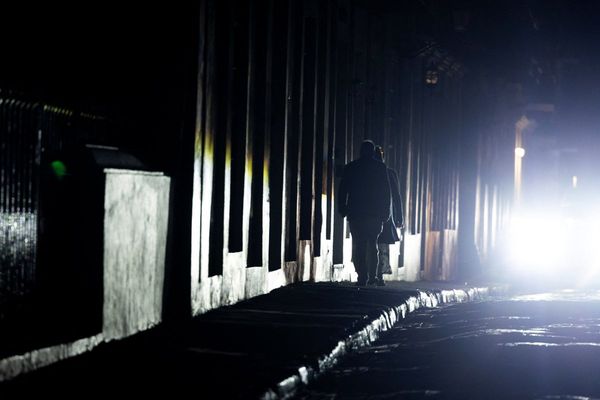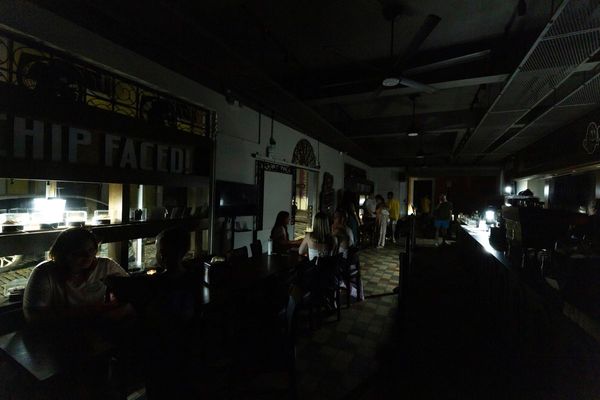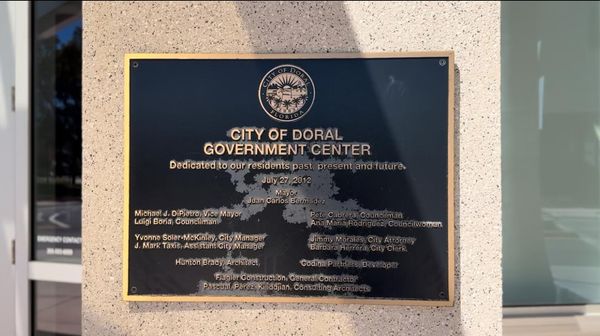Torrential rains in several parts of north India, particularly Himachal Pradesh and Uttarakhand, damaged highways and buildings, and took hundreds of lives. While a warming Arctic is said to be a cause for the unusually heavy rains, years of haphazard planning and construction have multiplied the tragedy. Are natural disasters man-made? Vimal Mishra and Lubaina Rangwalla discuss the question in a conversation moderated by Jacob Koshy. Edited excerpts:
Every year, particularly in the monsoon, we witness extreme natural calamities. However, this is also the result of poor planning. To what extent are natural disasters man-made?
Lubaina Rangwalla: The scale of natural disasters that we now see across the world are definitely man-made. Some sections of the population are more vulnerable to them and more at risk than others. We need to figure out systems and solutions that can be channelised specifically towards this large pool of people. We need to build stronger systems from the bottom up and learn to do it collectively.
Vimal Mishra: Humans have played an important role in enhancing the risk from climate hazards. The frequency and intensity of hazards have increased, and anthropogenic climate change has played a major role in that. We have built on floodplains, encroached water bodies, and planned our cities without thinking about sustainability. So, humans are responsible. Not fully, but we have played a considerable part in increasing the problem. But we should find solutions and learn from our failures.
While natural variability and anthropogenic causes have a role to play, India was affected by natural disasters even before the framing of climate change as a catalyst. Whether excessive flooding in Mumbai or landslides in the hills, do you see disaster-preparedness having evolved over the years?
LR: There are a few different ways in which the landscape of disasters in India has changed. We are constantly talking about the importance of urban planning and how the movement of people to urban centres has affected natural landscapes. Some [landscapes] have changed drastically and exceeded their carrying capacity and this has exacerbated the extent of loss and damage in these areas. I don’t think that agencies regulating the manner in which cities, villages and towns have urbanised have kept up. It is heart-wrenching to see a beautiful ecosystem crumble; it is a failure of planning in understanding how to ensure that certain critical ecosystems are kept alive and natural systems are kept at the core of the way we live.
In Mumbai, we have seen floods viscerally and the city has continued to grow. Mumbai has its own Disaster Management Agency. It has been engaging with the Indian Institute of Tropical Meteorology, which develops models to predict floods better. Also, the Brihanmumbai Municipal Corporation’s storm-water drainage department has, in the last decade, built larger water-holding tanks. Mumbai has been able to perform much better in this regard than, say, Delhi, which is seeing recurrent floods. With the kind of sea-level rise expected and the coastal inundation projected in the coming decades, I am not confident that some of the planning decisions that we have made are very wise.
If you consider the historical development of cities everywhere, it is the story of urbanisation. Increased population density means greater dependence on fossil fuel and greater climate-disruptive anthropogenic forces. So, in one sense, aren’t we caught between the devil and the deep sea?
VM: Development translates to infrastructure growth. However, we don’t pay enough attention to whether our development pathways are sustainable. Sustainability means emphasising not only economics, but also society and environment. Any sustainable development will consider the environmental implications. So far, we have just run behind the economics, you know, the land holdings, finding cheaper land, filling the water bodies, removing palaeochannels (deep underground stores of groundwater) and destroying natural drainage systems. So, yes, we are caught in the trap and we are facing a lot of challenges because of that. The only solution is adopting the Sustainable Development Goals, implementing careful urban planning, and creating roads and streets keeping these in mind.
LR: I don’t think we are at a dead end. We are developing and growing, and people will need houses, jobs and services. But as Dr. Mishra said, we have allowed certain business-as-usual practices to persist in city planning. We did a workshop with the Brihanmumbai Municipal Corporation’s storm-water drainage department about a year ago. Stakeholders from planning, design, landscape firms, private developers, community-based organisations, and citizens who have been impacted by landslides, disasters and routine flooding were present. At the end of it, the workshop led to the realisation that cities had to start thinking of long-term solutions. It comes down to understanding that there are no quick-fix solutions to what we are going through; we will have to think about long-term risk assessments, vulnerability assessments, and understand how socioeconomic drivers are worsening the problem in certain communities compared to others in the city.
We have building codes to determine how and where structures and roads ought to be constructed. Municipal authorities are trained and clearly know what to do. So, is it the case that knowledge already exists but our experts are unable to implement them for various reasons, or is there genuinely a lack of knowledge among city planners in terms of accounting for climate hazards and natural disasters?
VM: Knowledge is never complete. We learn new things every day and have some knowledge from past events, but the challenge is most often from a lack of awareness, or from ignoring a risk. And the risk is not clearly estimated or defined when we implement a new infrastructure project. Let’s say we are going to build a new highway in a mountainous region and we have to calculate the risk from an extreme weather event. We will have some idea of it based on past events; it is not that nobody knows what to do. The problem is, most of the time this risk is underestimated. Why? Because often, we don’t have a complete record that informs planners about current and upcoming disasters. Data sets are often pretty old and do not directly provide sufficient information about the future. If you talk about the Himalayan territory, for instance, we have a very limited understanding because of an inadequate observational network. So, if you go and survey how many rainfall recording stations we have, what is the density of rainfall, I would say they are fewer than that we have in other parts of the country where it is easier to manage, install, monitor, and take care of such infrastructure.
LR: There are excellent institutions even within the government that are constantly monitoring and understanding the scale of the climate crisis in terms of rainfall patterns, trends, and the ways in which risk is becoming more pronounced in certain regions versus others. I think the disconnect is in the ways in which decisions continue to be taken. And while we understand that there are certain regions that are increasingly becoming more flood-prone, what we really have to do is think transformatively. We have to analyse the implications of imposing a strict carrying capacity in certain regions and not allowing for more urbanisation to happen in certain areas or restricting certain ways in which infrastructure is built. This need to constantly shorten travel time and to make it easier to connect tourist destinations, for example, has run counter to the ways in which we in the environment space have been talking about preserving, conserving, and building stronger relationships with ecosystems. These two desires are also part of the schizophrenic nature in which government agencies function. These desires are constantly at conflict. And so, it’s not so much the knowledge. If you really want to make the right decisions, you will bring in experts from both private and public agencies and you will have very good solutions on the table, current and modern ways of understanding the scale of a disaster, where the risk is, and what kinds of solutions should be modelled around it. Whether there is political will to take action in that manner is the question.







